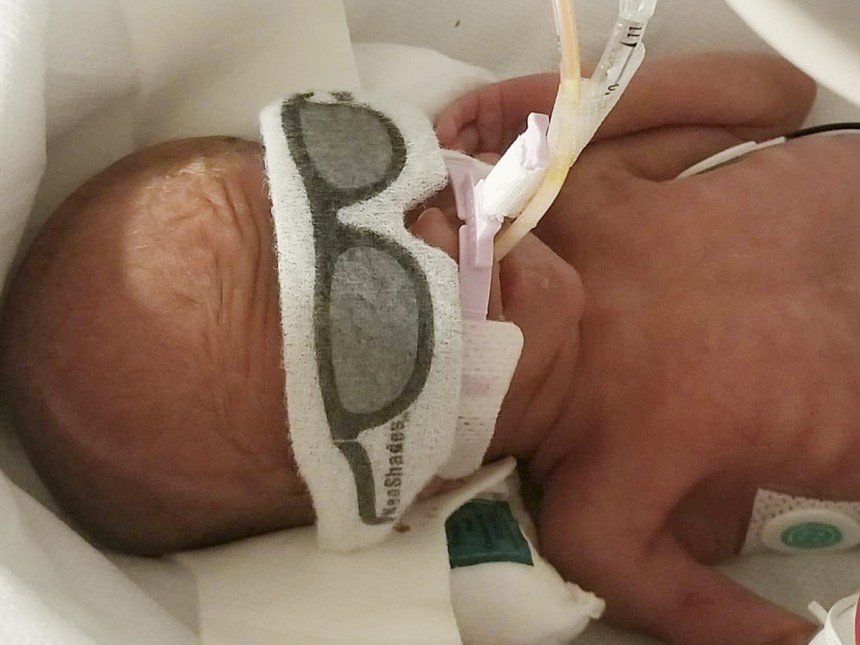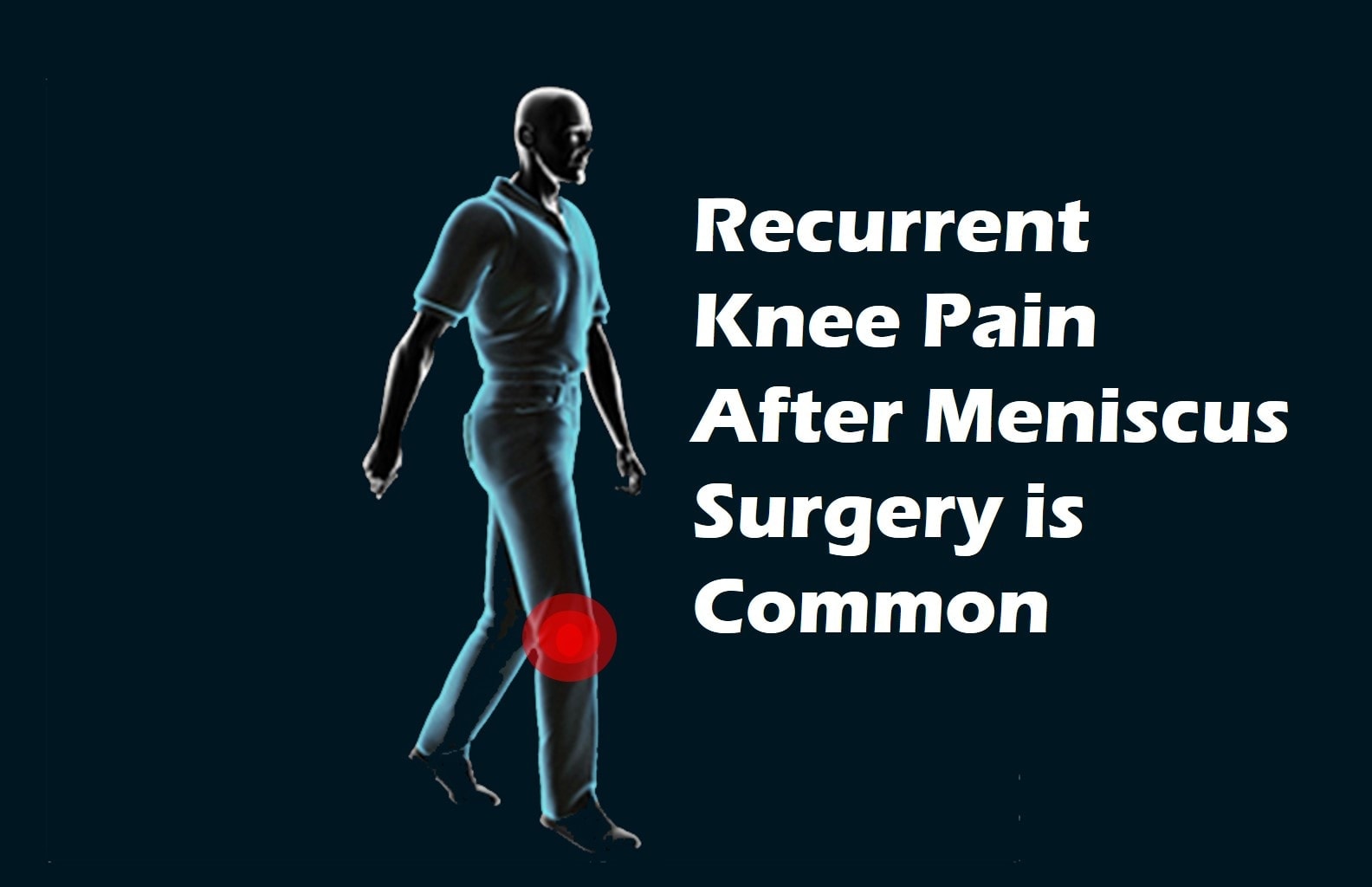12+ Wisdom Teeth Removal Tips To Minimize Discomfort

When it comes to wisdom teeth removal, one of the primary concerns for most individuals is the potential discomfort and pain that may follow the procedure. The extraction of wisdom teeth, also known as third molars, is a common dental surgery that can be necessary due to various reasons such as overcrowding, infection, or impacted teeth. While some discomfort is unavoidable, there are several strategies and tips that can help minimize the pain and ensure a smoother recovery. Here are 12+ wisdom teeth removal tips designed to guide you through the process, from preparation to recovery, with the aim of minimizing discomfort and promoting healing.
1. Preparation is Key
Before the procedure, it’s essential to follow your dentist’s or oral surgeon’s instructions meticulously. This may include avoiding food and drink for a certain period, stopping certain medications, and arranging for someone to drive you home after the surgery. Preparation also involves understanding the procedure, the type of anesthesia that will be used, and what to expect during and after the surgery.
2. Choose the Right Anesthesia
Discussing anesthesia options with your oral surgeon can significantly impact your comfort during the procedure. Local anesthesia numbs the area, while sedation anesthesia can make you relax or even sleep through the procedure. Understanding the options and choosing what’s best for your comfort level can ease anxiety and discomfort.
3. Follow Post-Operative Instructions
After the surgery, adhering to your surgeon’s post-operative instructions is crucial. This includes guidance on eating, drinking, managing pain, and maintaining oral hygiene. Following these instructions can prevent complications such as dry socket, infection, and excessive bleeding, which can increase discomfort.
4. Manage Pain Effectively
Your surgeon will likely prescribe pain medication or recommend over-the-counter pain relievers. Taking these as directed can help manage pain. However, it’s also important to note that some discomfort is normal, and the pain should decrease over time. If the pain is severe or persists, consulting your surgeon is advisable.
5. Use Ice Packs
Applying an ice pack to the cheek near the extraction site can help reduce swelling and relieve pain. It’s recommended to use the ice pack for 15-20 minutes at a time with breaks in between to avoid tissue damage.
6. Stick to a Soft Food Diet
For the first few days after surgery, eating soft foods can help minimize discomfort. Foods like yogurt, scrambled eggs, mashed potatoes, and smoothies are recommended. Avoiding hot, spicy, or hard foods can prevent irritation to the extraction site and make eating more comfortable.
7. Stay Hydrated
Drinking plenty of water is essential for recovery. However, it’s advised to avoid using a straw for the first 24 hours as the sucking motion can dislodge the blood clot from the extraction site, leading to dry socket. Staying hydrated also helps in healing and can reduce discomfort by preventing dehydration.
8. Rest and Avoid Strenuous Activities
Getting plenty of rest and avoiding strenuous activities, such as heavy lifting or bending, can help your body recover faster. This also reduces the risk of complications like excessive bleeding or dislodging the blood clot.
9. Maintain Good Oral Hygiene
While it’s crucial to avoid the extraction site when brushing and flossing, maintaining good oral hygiene is important for healing and preventing infection. Your surgeon may recommend a chlorhexidine mouthwash to use during the recovery period.
10. Monitor for Signs of Complications
Being aware of potential complications such as dry socket, infection, or excessive bleeding is crucial. Symptoms may include severe pain, fever, swelling, or discharge from the extraction site. If you notice any of these symptoms, contacting your surgeon immediately is essential.
11. Attend Follow-Up Appointments
Follow-up appointments with your surgeon are crucial for monitoring the healing process and addressing any concerns or complications that may have arisen. These appointments can provide reassurance and ensure that you’re on the path to a full recovery.
12. Consider Professional Advice on Supplements
Some supplements like vitamin C can aid in the healing process, but it’s essential to consult with your surgeon or a healthcare provider before taking any supplements. They can provide advice based on your specific health conditions and the medications you’re taking.
Additional Tips
- Stay Relaxed: Stress can exacerbate pain perception. Engaging in relaxation techniques such as deep breathing, meditation, or listening to soothing music can help.
- Use Salt Water Rinses: After 24 hours, rinsing your mouth with warm salt water several times a day can help reduce swelling and relieve pain.
- Avoid Smoking and Alcohol: Both can significantly delay healing and increase the risk of complications.
By following these tips and closely adhering to your oral surgeon’s instructions, you can significantly minimize discomfort and ensure a smoother recovery process after wisdom teeth removal. Remember, while some discomfort is a natural part of the healing process, severe or persistent pain should always be discussed with your healthcare provider.
What are the common complications of wisdom teeth removal?
+Common complications include dry socket, infection, nerve damage, and prolonged bleeding. It’s essential to follow post-operative instructions carefully to minimize these risks.
How long does it take to recover from wisdom teeth removal?
+Recovery time can vary but typically takes a few days to a week. Full healing of the gums can take several weeks. It’s crucial to follow your surgeon’s instructions for a smooth recovery.
Can I drive after wisdom teeth removal?
+If you’ve had sedation or general anesthesia, it’s not recommended to drive for at least 24 hours. Even with local anesthesia, the discomfort and any prescribed medication can impair your ability to drive safely.

